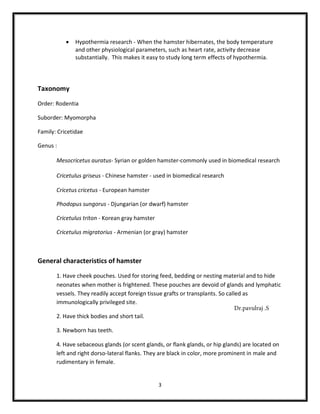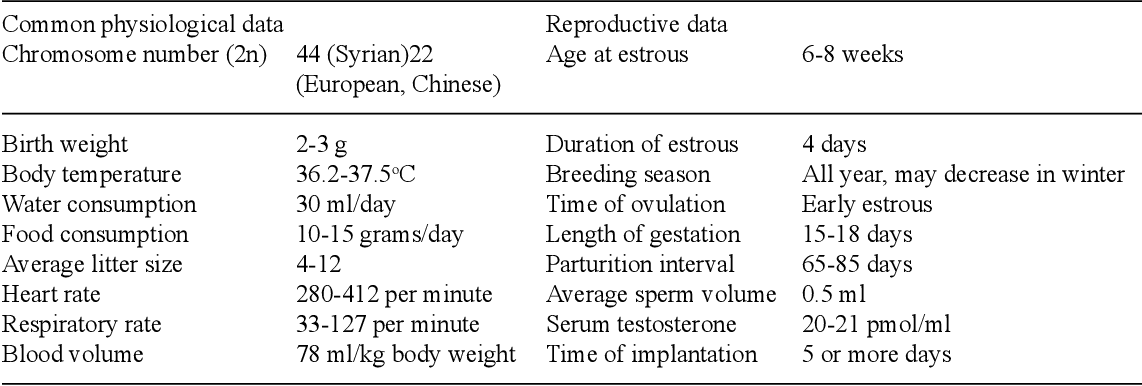When we think of the beloved pet hamster, our minds might conjure up images of cute and cuddly creatures scurrying around in their cages or munching on a tasty treat. What we may not realize is that underneath their fluffy exterior lies a vital organ that plays a significant role in their overall health – their heart. Despite their small size, hamsters have an impressively fast heart rate that is essential for their lively and energetic lifestyle.
In this article, we will delve deeper into the world of hamster heart rate and explore its ranges, factors affecting it, measurement techniques, potential health concerns, and ways to keep your furry friend’s heart healthy.
>> READ MORE:
- Do Hamster Bites Hurt? Understanding the Severity of Hamster Bites
- Do Hamsters Hibernate? Understanding Their Winter Behavior
- How to Tell if Your Hamster is Dead A Guide for Concerned Owners
- Can Hamsters Eat Watermelon? A Refreshing Debate
Normal Hamster Heart Rate: Ranges and Factors Affecting It

As mentioned earlier, the average resting heart rate of a healthy adult hamster can range between 250 and 400 beats per minute. However, this number can vary depending on several factors such as age, species, and activity level. Let’s take a closer look at these factors and how they can affect a hamster’s heart rate.
Age
Similar to humans, a hamster’s heart rate can change as they age. Younger hamsters tend to have a faster resting heart rate than older hamsters. This difference can be attributed to the smaller size and higher energy levels of young hamsters, which require a more rapid circulation of blood to supply oxygen and nutrients to their growing bodies.
Species
Another factor that can influence a hamster’s heart rate is their species. While all hamsters have similar four-chambered hearts, different breeds may have slight variations in their baseline heart rate. For instance, Syrian hamsters, also known as golden hamsters, may have a slightly higher baseline heart rate compared to dwarf hamsters.
Activity Level
Like any other living creature, a hamster’s heart rate can increase during physical activity. Whether it’s running on their wheel, exploring their cage, or playing with toys, these active moments can cause a significant spike in their heart rate. This increase is necessary to deliver more oxygen and nutrients to the muscles and organs that are working harder during these periods.
Stress and Excitement
In addition to physical activity, stress and excitement can also cause a temporary rise in a hamster’s heart rate. For example, if your hamster gets scared by a loud noise or unfamiliar object, their heart rate may rapidly increase as part of their natural “fight or flight” response. Similarly, when experiencing positive stimulation, such as receiving a new toy or treat, a hamster’s heart rate may also rise due to excitement.
Measuring Hamster Heart Rate: Techniques and Tools

Now that we understand the normal ranges and factors affecting a hamster’s heart rate, let’s explore how we can measure this vital sign accurately. There are two main techniques for measuring a hamster’s heart rate – visual observation and using a stethoscope. While both methods can provide reliable results, using a stethoscope is generally considered more accurate.
Visual Observation
Visual observation involves watching your hamster’s chest movements to count their heartbeats. This method is best used when your hamster is calm or sleeping, as it can be challenging to spot their heartbeat when they are active. To perform this technique, follow these steps:
- Gently hold your hamster in one hand while supporting their body with your other hand.
- Place your hamster on a flat surface, such as a table or your lap, and observe their chest movements.
- Count the number of beats you see in 15 seconds and multiply that number by four to get their heart rate per minute.
While this method may seem simple, it can be challenging to accurately count a hamster’s heart rate due to their quick movements and small size. Therefore, it is essential to practice and have patience when using this technique.
Stethoscope
Using a stethoscope is the preferred method for measuring a hamster’s heart rate as it allows you to hear their heartbeat directly. You can purchase a stethoscope specifically designed for small animals, or you can use a pediatric stethoscope for human babies. Here’s how you can use a stethoscope to measure your hamster’s heart rate:
- Place your hamster on a flat surface, such as a table or your lap.
- Gently hold your hamster in one hand while supporting their body with your other hand.
- Place the stethoscope over their chest, just behind their front legs.
- Listen carefully for the sound of their heartbeats.
- Count the number of beats you hear in 15 seconds and multiply that number by four to get their heart rate per minute.
If you are using a human stethoscope, you may need to use the diaphragm instead of the bell to hear your hamster’s heartbeat more clearly. The diaphragm is the larger side of the stethoscope and is better suited for picking up high-pitched sounds.
Abnormal Hamster Heart Rate: Causes and Symptoms

While an increase in heart rate during physical activity, stress, or excitement is normal for a hamster, a consistently high heart rate at rest could be a sign of an underlying health concern. Some potential causes for an abnormal hamster heart rate include:
Respiratory Infection
Respiratory infections are common among hamsters and can cause a rapid heart rate due to difficulty breathing. Other symptoms of a respiratory infection may include sneezing, wheezing, and discharge from the nose or eyes.
Cardiac Issues
Like any other animal, hamsters can also develop heart disease or other cardiac issues. These conditions can cause an irregular or increased heart rate, along with symptoms such as difficulty breathing, loss of appetite, and lethargy.
Dehydration
Dehydration can also lead to an elevated heart rate in hamsters. This is because when the body lacks sufficient fluids, the heart must work harder to pump blood and maintain proper circulation. Signs of dehydration may include dry skin, sunken eyes, and a lack of energy.
Heatstroke
Hamsters are sensitive to changes in temperature, and extreme heat can cause their heart rate to spike. If a hamster is exposed to high temperatures for too long, they can suffer from heatstroke, which can be life-threatening. Symptoms of heatstroke may include rapid breathing, lethargy, and weakness.
If you notice any consistent increase or irregularities in your hamster’s heart rate, it is essential to seek veterinary care immediately. A professional can properly diagnose and treat any underlying health issues that may be causing these abnormal changes in heart rate.
Keeping Your Hamster’s Heart Healthy: Lifestyle Tips and Diet

Prevention is always better than cure, and the same goes for keeping your hamster’s heart healthy. There are several lifestyle tips and dietary considerations you can follow to promote a strong and healthy heart in your furry friend.
Adequate Exercise
As mentioned earlier, physical activity can cause a temporary rise in a hamster’s heart rate. However, regular exercise is necessary for maintaining a healthy heart and overall well-being for your hamster. Providing them with ample opportunities to run, climb, and play can help keep their cardiovascular system strong.
Proper Diet
A balanced and nutritious diet is crucial for a healthy hamster heart. A diet rich in fresh fruits and vegetables, along with high-quality hamster pellets, can provide the necessary nutrients to support their heart’s health. Avoid feeding them sugary or fatty treats, as this can lead to obesity and other health issues.
Clean Environment
A clean and stress-free environment is vital for a hamster’s overall health, including their heart. A dirty or overcrowded cage can cause stress, which may lead to an elevated heart rate and other health concerns. Regularly cleaning their cage and providing them with enough space to move around can help keep their heart in good shape.
When to Seek Veterinary Care: Recognizing Signs of Cardiac Issues

While taking preventative measures and keeping an eye on your hamster’s heart rate can help maintain their heart health, it is essential to know when to seek veterinary care. As mentioned earlier, any consistent increase or irregularities in a hamster’s heart rate should prompt a visit to the vet. Additionally, if you notice other symptoms such as difficulty breathing, loss of appetite, or lethargy, it is crucial to seek professional care to rule out any potential cardiac issues.
Conclusion
Despite their small size, hamsters have a mighty heart that works tirelessly to keep them healthy and active. Understanding their heart rate and being able to measure it accurately can provide valuable insights into their overall well-being. By following proper care and providing a healthy lifestyle and diet, you can help ensure that your hamster’s tiny heart continues to beat with a big and healthy rhythm. Remember to always keep an eye on their heart rate and seek veterinary care if you notice any irregularities or concerning symptoms. With proper love and care, your hamster’s heart will continue to beat strong for years to come.

